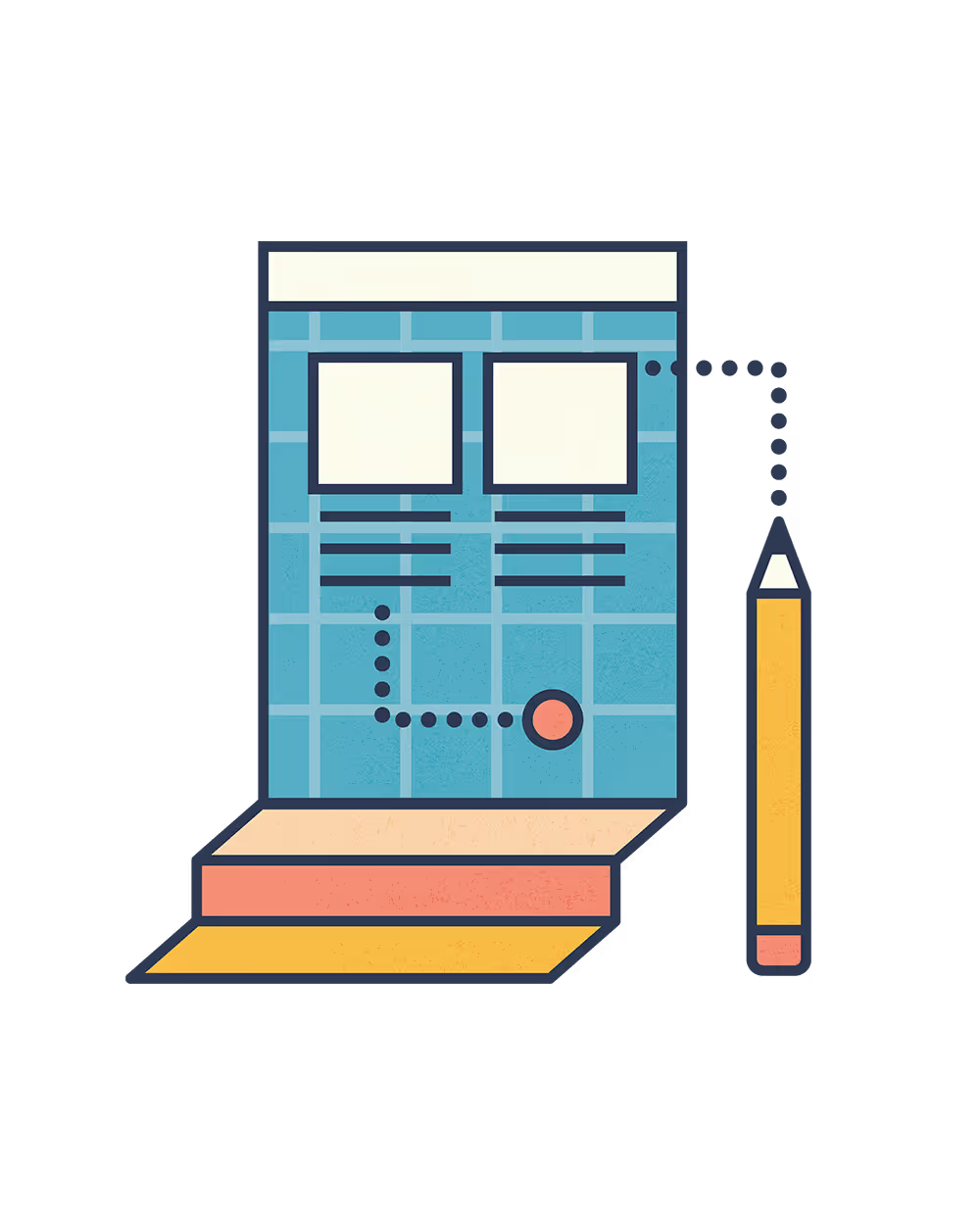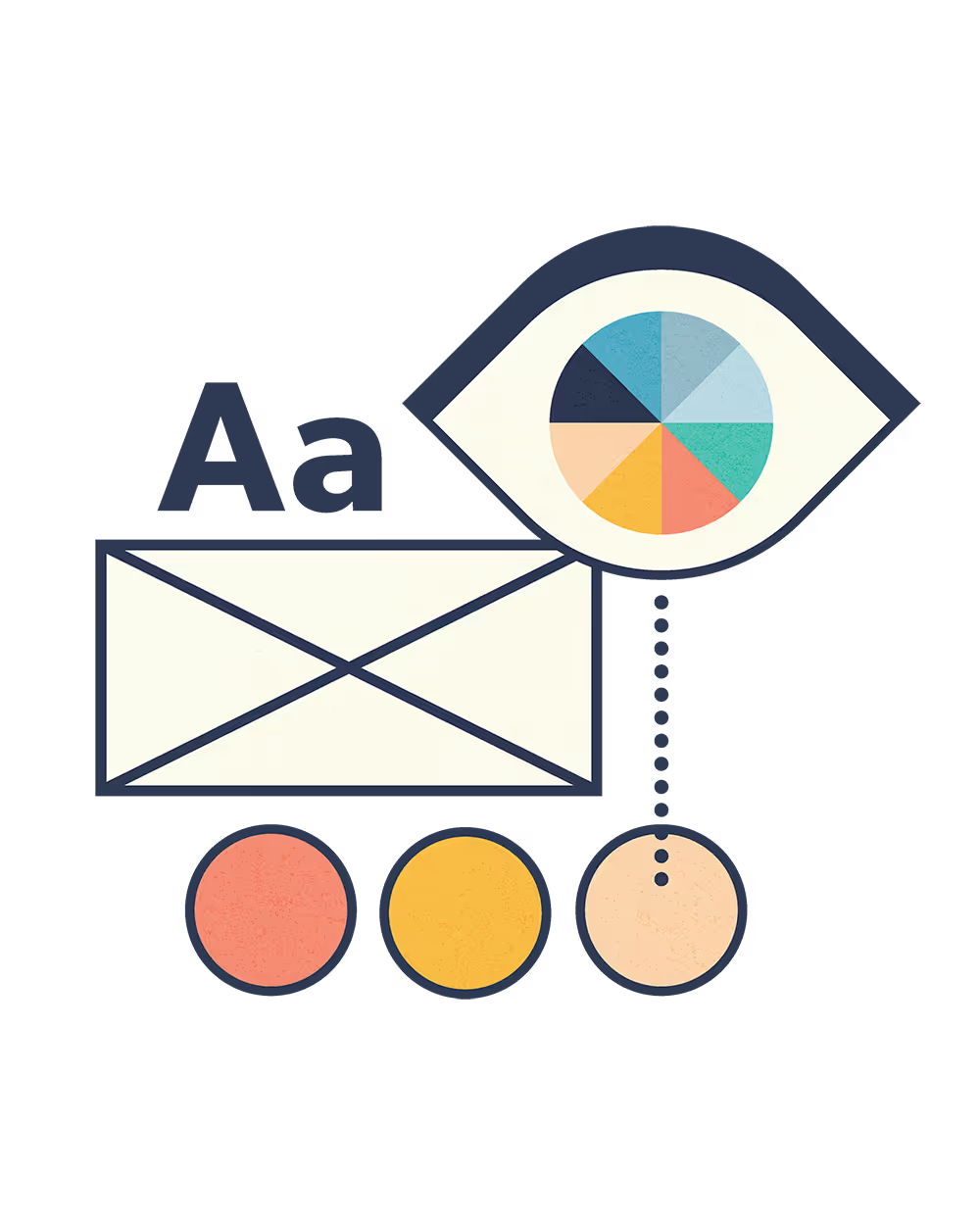A/B testing sounds fancy, but it's really just a smart way to figure out what actually works with your specific audience instead of guessing. Too many small business owners send the same type of emails forever and wonder why their results stay flat. Enji's guidance to email testing is simple: try two different approaches and see which one your subscribers prefer.
Start with the basics. After you've written the emails for your campaign, one way to determine what resonates with your prospective customers (and get better at this over time) is to send two slightly different versions—one version to half of your contacts and a second to the other half.
The key is testing one variable at a time. If you change the subject line AND the email content AND the send time all at once, you won't know which change actually made the difference. Focus on one element per test—maybe it's subject lines this week, send times next month, or email length after that.
Subject lines are often the best place to start since they directly impact your open rates. Try different approaches: question vs. statement, short vs. slightly longer, benefit-focused vs. curiosity-driven. Your results will tell you what style resonates with your specific audience.
Don't forget about timing tests. Your audience might be more likely to open emails on Tuesday mornings versus Friday afternoons. The only way to know is to test different days and times systematically.
For content testing, try different email lengths, tones, or calls-to-action. Maybe your audience prefers shorter, more direct emails, or maybe they love longer, story-driven content. The beauty of A/B testing is you don't have to guess—your subscribers will tell you through their actions.
Track your open rates and click-through rates to see who's engaging with your emails, and add these insights to your performance tracking in Enji. Over time, you'll build a clear picture of what works best for your unique audience.



